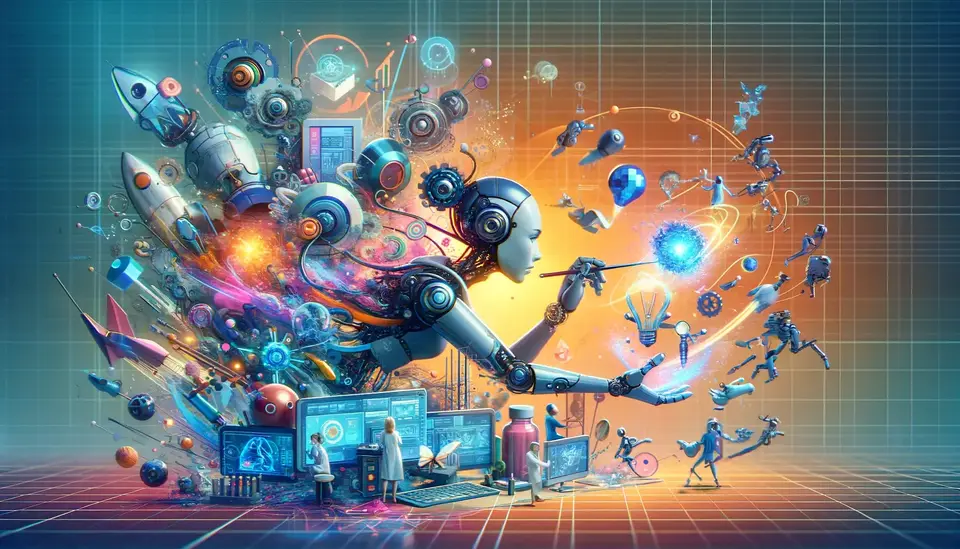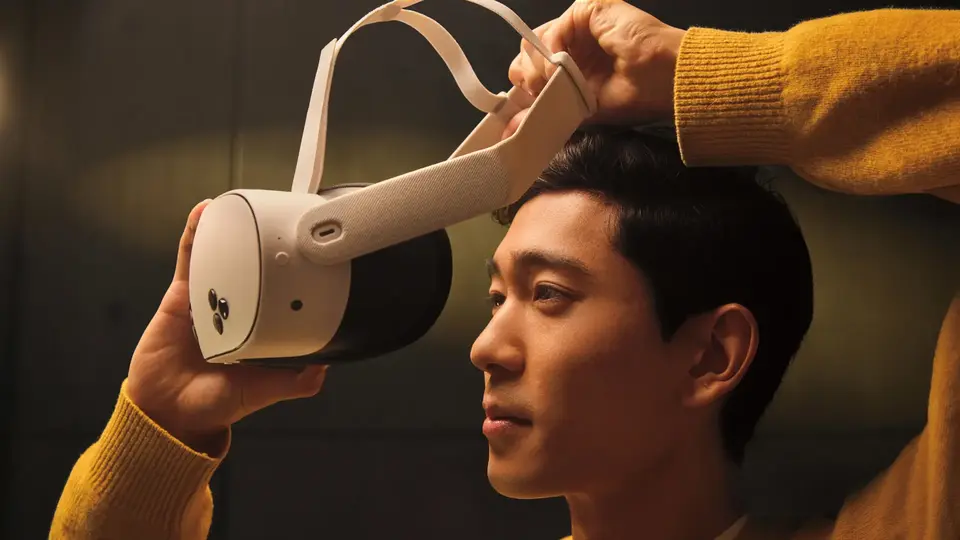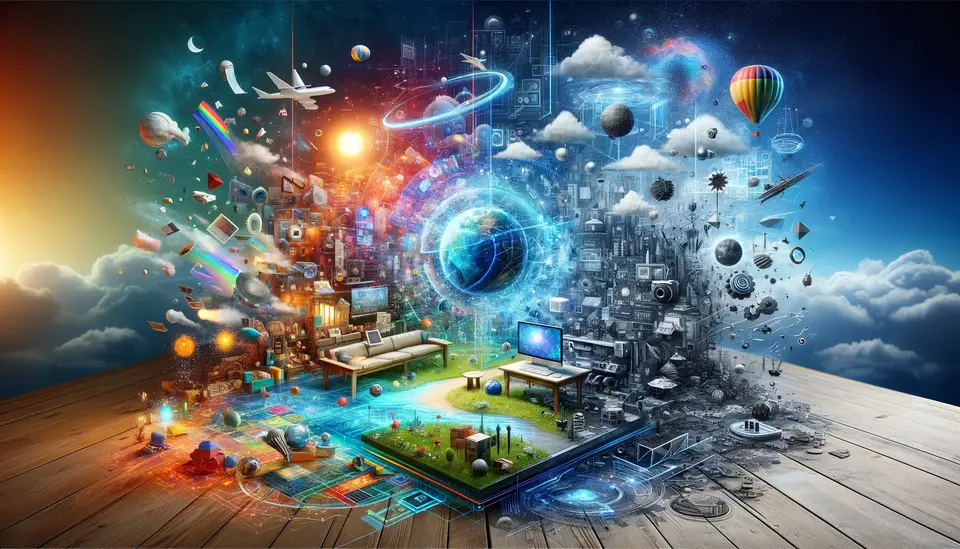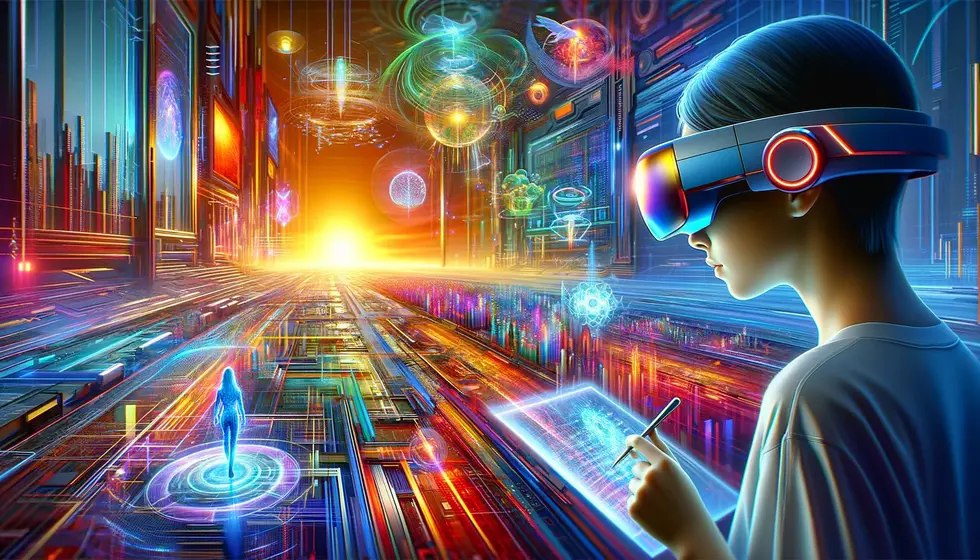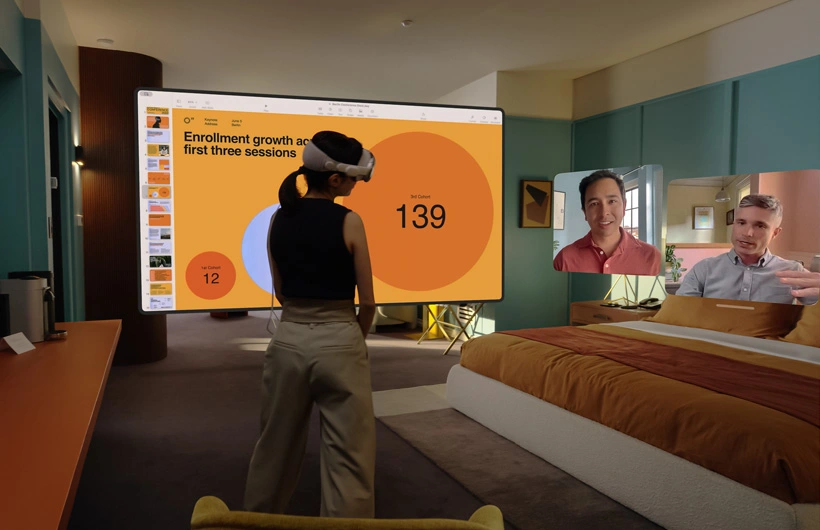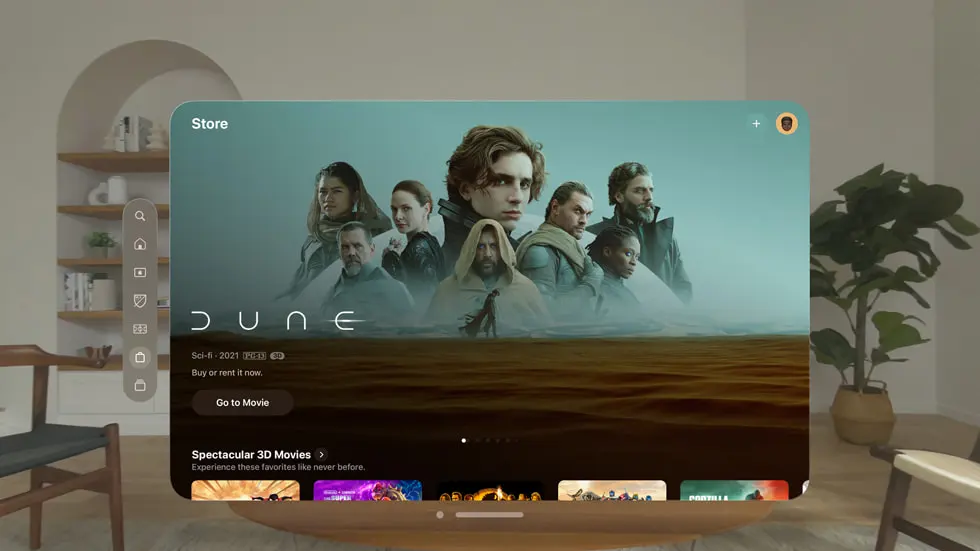Case Studies and Applications of Sora on Mixed Reality
Posted on February 20, 2024 4 minutes 748 words
Table of contents
Introduction: The Dawn of a New Mixed Reality Era
In an era where the lines between the digital and physical worlds are increasingly blurred, Mixed Reality (MR) emerges as a transformative technology. At the forefront of this revolution is Sora, OpenAI’s advanced AI model known for generating high-fidelity videos from text. Sora’s integration into MR environments presents unprecedented opportunities to enhance our interaction with the world around us.
Understanding Sora’s Integration in Mixed Reality
The Synergy of Sora and MR
Sora brings a unique capability to MR – the power to create realistic, context-aware scenes from textual descriptions. This fusion enables a more seamless and interactive experience where digital objects and information are intelligently integrated into the user’s physical environment.
Applications of Sora in Mixed Reality
Industrial Design and Manufacturing
In the realm of industrial design, Sora’s integration into MR environments is a game-changer. Engineers and designers can visualize, interact with, and modify 3D product models in real space. This capability facilitates rapid prototyping, allowing for instant feedback and iteration.
- Real-Time Design Modifications
Designers can make textual requests (e.g., “change the color to red” or “increase the size of the front panel”), and Sora immediately renders these changes in the MR environment.
- Collaborative Design Reviews
Teams can collaboratively review and interact with product models in a shared MR space, irrespective of their physical location.
Healthcare Training and Procedures
Sora significantly enhances medical training and procedures by providing detailed, anatomically accurate models in a mixed reality setting. This application is particularly useful in surgical training, where understanding the spatial relationship of anatomical structures is crucial.
- Surgical Training
Medical students can practice surgical procedures in MR, with Sora generating various scenarios and patient anatomies, enhancing their skills in a risk-free environment.
- Patient Education
Doctors can use MR to explain complex procedures or conditions to patients, with Sora creating a personalized, understandable visual representation.

Entertainment and Gaming
Sora takes gaming and entertainment to a new level by creating immersive, interactive experiences that blend the physical and digital worlds. In MR games, Sora can dynamically alter the game environment in real-time based on player interactions or narrative developments.
- Immersive Gaming
In MR gaming, Sora generates game elements that interact with the player’s physical environment, creating a truly immersive experience.
- Interactive Storytelling
Sora can be used to create interactive stories where the narrative changes based on the user’s decisions and interactions within their physical space.
Educational Experiences
Sora enhances learning by bringing educational content into the real world through MR. This approach makes learning more interactive and engaging, especially for complex subjects that benefit from visual representation.
- Interactive History Lessons
Students can experience historical events unfolding around them, with Sora generating accurate, lifelike scenes and characters.
- Science and Mathematics Visualization
Complex scientific concepts and mathematical models can be visualized in 3D, making them easier to understand and interact with.
Case Studies: Sora’s Impact in Mixed Reality
Case Study 1: Revolutionizing Automotive Design
An automotive company could implement Sora in their MR design process. Designers might use MR headsets to view and interact with life-size car models, with Sora possibly generating various design options in real-time based on verbal or textual input. This approach could allow for a more intuitive and efficient design process, potentially reducing the time from concept to prototype.

Case Study 2: Enhancing Medical Training
A medical university might employ Sora in their MR surgical training program. Students wearing MR headsets could perform virtual surgeries on Sora-generated patients. These simulations could include a variety of medical conditions and scenarios, providing students with a broad range of experiences and enhancing their preparedness for real-life surgeries.

Case Study 3: Transforming Classroom Learning
A high school could integrate Sora into their MR learning modules for history and science classes. In history classes, students might witness reenactments of historical events, with Sora generating realistic environments and characters based on the curriculum. In science classes, complex biological processes and chemical reactions could be visualized in MR, making abstract concepts tangible and easier to grasp.
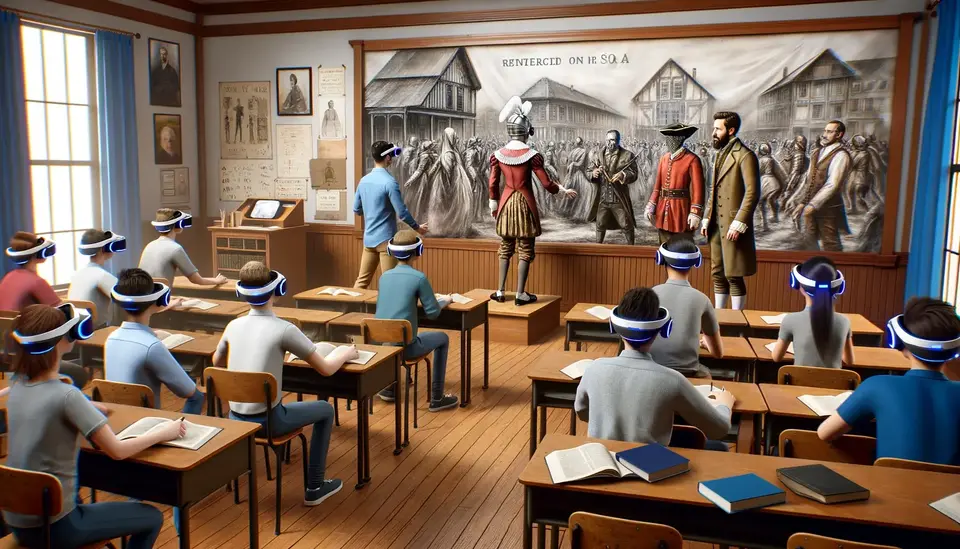
Conclusion: Charting the Future with Sora in Mixed Reality
The integration of Sora into Mixed Reality is not just a technological advancement; it’s a gateway to new experiences and ways of interacting with our world. As we continue to explore and develop these capabilities, we invite readers to imagine the possibilities and join us in shaping a future where MR, enhanced by Sora, becomes a fundamental part of our daily lives.

